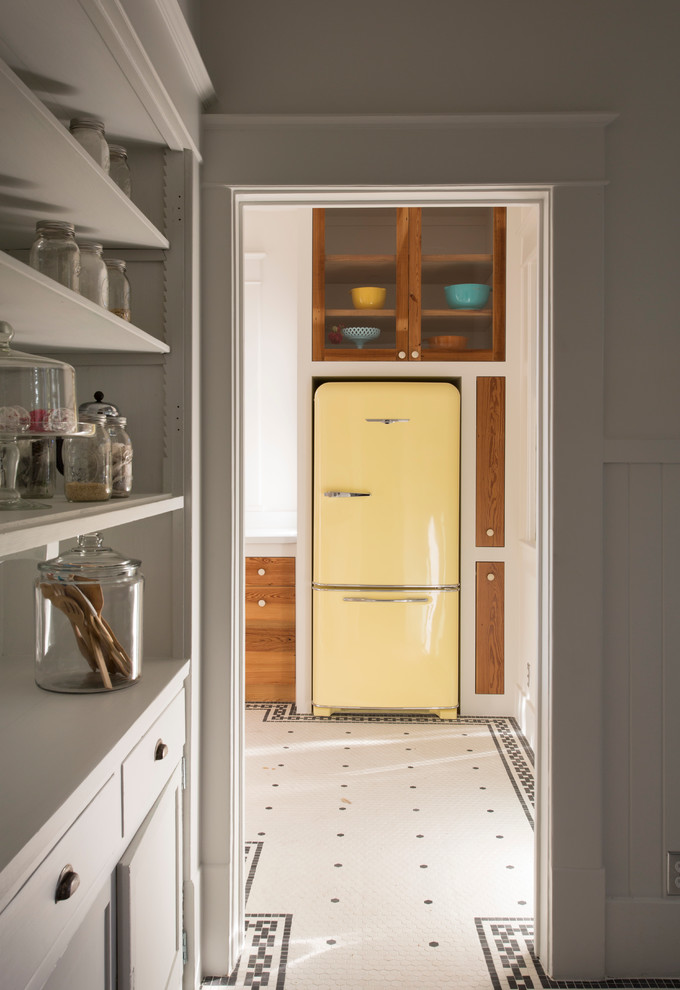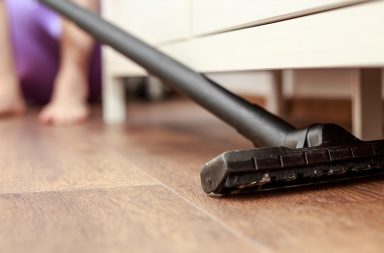Keeping this important appliance well maintained
You could say much of our lives center around the refrigerator, couldn’t you? It is something we  utilize when we prepare our meals. In a way, it feeds us. It keeps our food fresh and stores it until it is needed. But do we show appreciation by abusing our refrigerators? I mean, don’t we just stuff it full and neglect to remove the things that are past their expiration dates? Won’t we spill something in it only to ignore it and let it ferment? And the irony of it all, we complain when we open the fridge and it smells unpleasant. Of course it could be prevented…
utilize when we prepare our meals. In a way, it feeds us. It keeps our food fresh and stores it until it is needed. But do we show appreciation by abusing our refrigerators? I mean, don’t we just stuff it full and neglect to remove the things that are past their expiration dates? Won’t we spill something in it only to ignore it and let it ferment? And the irony of it all, we complain when we open the fridge and it smells unpleasant. Of course it could be prevented…
You need to clean the fridge. It’s not that bad, there are worse things to do. First, take everything out. Throw away any old and expired food. Put the good food in a cooler with ice while you continue with your cleaning.
Take out the drawers and shelves (they should be removable) and put them aside. If they are of metal or plastic construction you can wash them immediately in the sink with soap and hot water. You need to be more careful if they are made of either glass or ceramic. They need time to warm to room temperature before being exposed to hot water. Otherwise you risk cracking or breaking them.
With a clean cloth, hot water and mild detergent, wipe down the interior of the fridge. Work from top to bottom (to prevent dripping on surfaces you’ve already cleaned). You may need a safe non abrasive scrubber to remove tough spills that have practically melded into the surface. Or you can try laying a warm wet cloth over the offending area and let it sit for a few minutes. The dried spill should wipe off pretty easily thereafter. Use a couple of towels to help ensure maximum cleanliness, especially in the hard to reach crevices and back of the fridge were grime accumulates. Don’t forget to give the interior doors a good wipe down. The shelves and drawers you removed are ready to be cleaned, do so thoroughly over the sink. They will become slippery, use caution, and maybe wear kitchen gloves, so they don’t slip from your hand. If they are glass or ceramic you’ll have a much larger concern to deal with.
Return to the fridge with fresh towels and dry it completely. Start with the main interior and continue on to the doors. Put the food back in its respective places, cleaning whatever is needed. Rinse off any sticky jars or containers such as usual offenders jelly or mayo and dry those before replacing them.
The fridge is looking good, move on to the freezer. Apply the same logic here as you did cleaning the fridge. Luckily there aren’t typically many spills occurring in a freezer so (hopefully) you shouldn’t have much to scrub away. Of  course, use this opportunity to check for and remove any expired food here, too (what’s the oldest item you’ve found in your fridge?!)
course, use this opportunity to check for and remove any expired food here, too (what’s the oldest item you’ve found in your fridge?!)
After all that work, you probably want to rest. Don’t do it, people often neglect to clean the outside of their fridge. So… start from the top and wipe down and clean the exterior of the fridge using hot water and a mild detergent. Stainless steel refrigerators require a soft non-scratching rag. To promote the surfaces shininess, use vinegar or a window cleaner. There’s the rubber gasket seal
around the edges of the door that needs attention with soap and water, as dirt surely accumulates in the crevice and can eventually cause it to crack.
Each season, you’ll need to check the drip pan. Many fridges have a removable one that is used to collect condensation in the form of water. To get to it, remove the grill at the front bottom of the fridge. You may need a flashlight. The drip pan will be found on top of the condenser coils. You may want to wear gloves, the coils can become quite dirty and greasy. Remove the pan and make sure you’ve cleaned it well before resetting in place. Use bleach if it is necessary. Reinstall the front grill.
Also needed seasonally is a thorough vacuuming of the refrigerator coils. Unplug the fridge and carefully move it out from the wall. If the coils are on the back of the fridge, use the brush attachment to vacuum them. Depending on the model, the coils may be found elsewhere. They may even be secured behind vents. In this case you’ll need a long and narrow vacuum attachment.
After you’ve followed these steps, you will discover a fridge that is practically as fresh as when it was new. Implement some daily maintenance into your routine and the job of cleaning the fridge becomes easier with each day.


